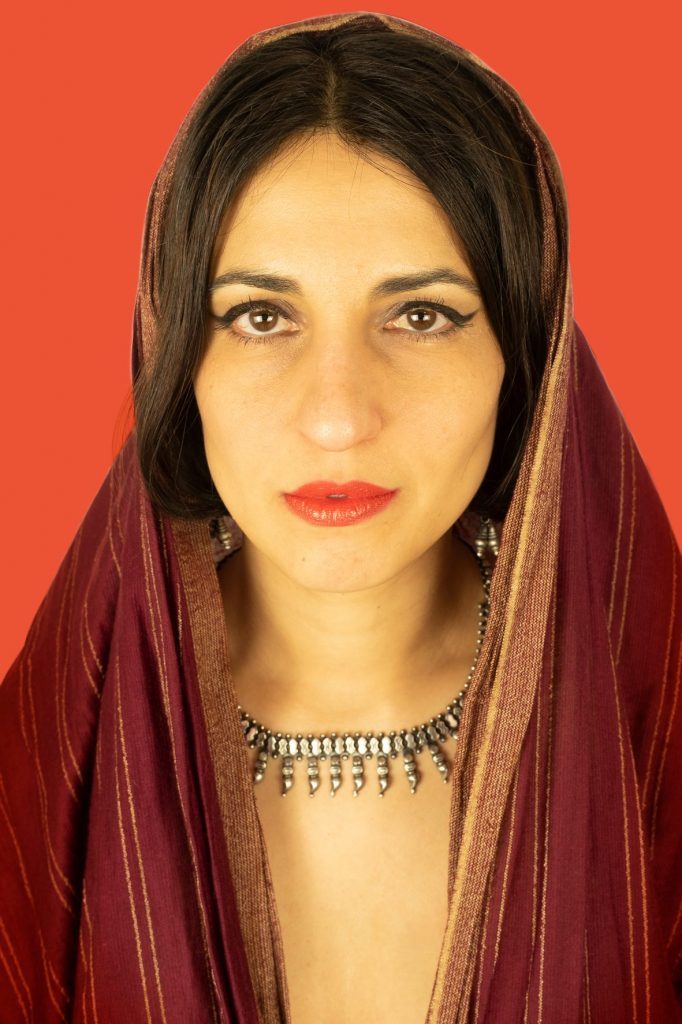Breathing new life into Ladino

Ladino, also known as Judeo-Spanish, originated in Spain. While most Jewish people spoke the same language as their Christian and Muslim neighbours in their day-to-day lives, the community also used an archaic form of Spanish mixed with Aramaic and Hebrew words in order to translate and study the Torah. Originally the word ladino meant "literary Spanish", reflecting the above usage.
However, after the expulsion of Muslims and Jews from Spain in 1492, the language evolved into something more colourful and complex. Just as Yiddish incorporated words from the vernacular of the places where a Jewish population lived (e.g. from Slavic languages, German and Polish), Ladino did the same with Spanish. Even before the expulsion, Jews fleeing persecution had crossed the Mediterranean to North Africa, which resulted in the language expanding to include Arabic words and phrases.
The language continued to evolve and grow when members of the diaspora were invited to live in the Ottoman Empire. As the language spread throughout the empire – including into Eastern Europe – its vocabulary expanded to include words and phrases not just from Turkish but also from Romanian, Greek, Bulgarian and Serbo-Croat.
In 2018, there were only 51,000 native Ladino speakers left in the world. While some live in Israel, where it is considered a minority language, the language is also still spoken in Turkey and, to a lesser extent, in Bosnia-Herzogovina and Greece.
Destroying a language destroys a culture

The history of North America shows how the erasure of a language can destroy a culture. Past Canadian government policy of forcing Indigenous children to forget their native language resulted in the death of languages and the devastation of communities. Now, many are going through the process of re-learning the language of their grandparents.
In short, the importance of what Vazana is doing by creating new works in Ladino can't be underestimated. By keeping the language alive and by making it contemporary she's taking steps to ensure not only its survival, but also that of the unique culture that created it. This language is another reminder of how the fates of Jews and Muslims used to be intertwined, and how Jews were once made welcome in Islamic countries when the rest of the world turned against them.
Vazana's grandmother had been part of the Jewish community of Morocco and used to sing old Ladino songs to her when she was a child. This was her first exposure to the language. However, it wasn't spoken at home, so it wasn't until she was visiting Fez, her grandmother's home town, and heard one of those same songs sung in Arabic that she was inspired, as she puts it, to reconnect to her roots.
Ke Haber is made up of traditional songs Vazana has adapted musically, traditional songs she has added to or old poems and texts she has set to music. Apart from the album's one song to feature English, "Shape of my Heart/Mi Korazon (My Heart)" – described as a mash-up of a song by Sting and a song she wrote herself – it's incredibly difficult to tell the difference between her creations and the traditional songs.
This is mainly because her own work and the traditional pieces blend together seamlessly. Each of the songs has a certain timeless quality. They all sound like they would be as equally at home in eleventh-century Grenada and the contemporary world.
An envigorating mix of different musical elements
Musically, elements from Spain to the Middle East are evident. Flamenco guitars happily co-exist with rhythms from Turkey. It's like Ladino and Vazana are a bridge between nations and cultures that wouldn't normally be found next to each other.
Izmir in Turkey is still home to the largest Ladino-speaking community in the world, so it's only fitting that the album features "Tok Seni Severim/Si verias a la rana" (I love you too much/If you see a frog), a song that combines a Turkish love song (I love you too much) and a rather nasty Ladino children's song (If you see a frog). The song's infectious tune and bouncy rhythms are rather at odds with some of its lyrics: "If you saw the frog/Sitting in the oven/Frying it in the pan/With her little sisters/I love you much too much."
While it is a sort of nonsense song, it is also our introduction to Vazana's singing. Her rich and expressive voice make each song an experience. Whether she's delighting in the fun of the opening track or singing some of the more passionate and delicate love songs, she brings a range of emotions to her performance few other contemporary singers can manage.
While some of the songs are about what you'd expect from ideas based on tunes originally created in the tenth and eleventh centuries, two of them, "El Gacela" (The Gazelle) and "Sin Dingun Ijo Varon" (Without any Sons) will surprise listeners.
The former is based on two homoerotic poems written by Shmeul Hanagid (philosopher, poet and Prime Minister of Grenada under the caliph Habbus) and the philosopher Moses Iben Ezra. "Give me, please, the honey of your beloved tongue/I took off his clothes and he took mine/I sipped from his lips/And he loved me."
"Sin Dingun Ijo Varon" opens the album. In a family without sons, one of the seven daughters declares she will gladly be a son. "If you need a son to go to war/I will go to war in his stead/Mother I'm already dying/I'm already dying of love." This song is based on an ancient text from the eleventh century which depicts one of the earliest written transgender transformations in history.
Ke Haber is not only an amazing collection of songs that breathes life into a fading language, but a wonderful album. Noam Vazana's expressive voice will delight listeners. Some of these tracks may date back to eleventh-century Spain, but she makes them as fresh and alive as if they were written yesterday.
© Qantara.de 2023
